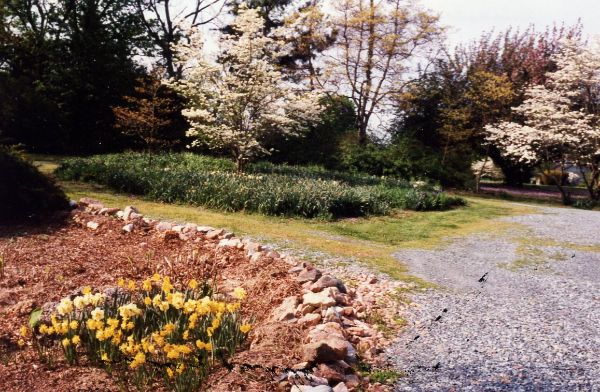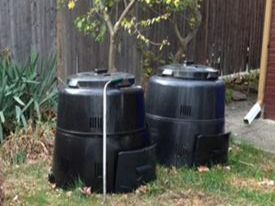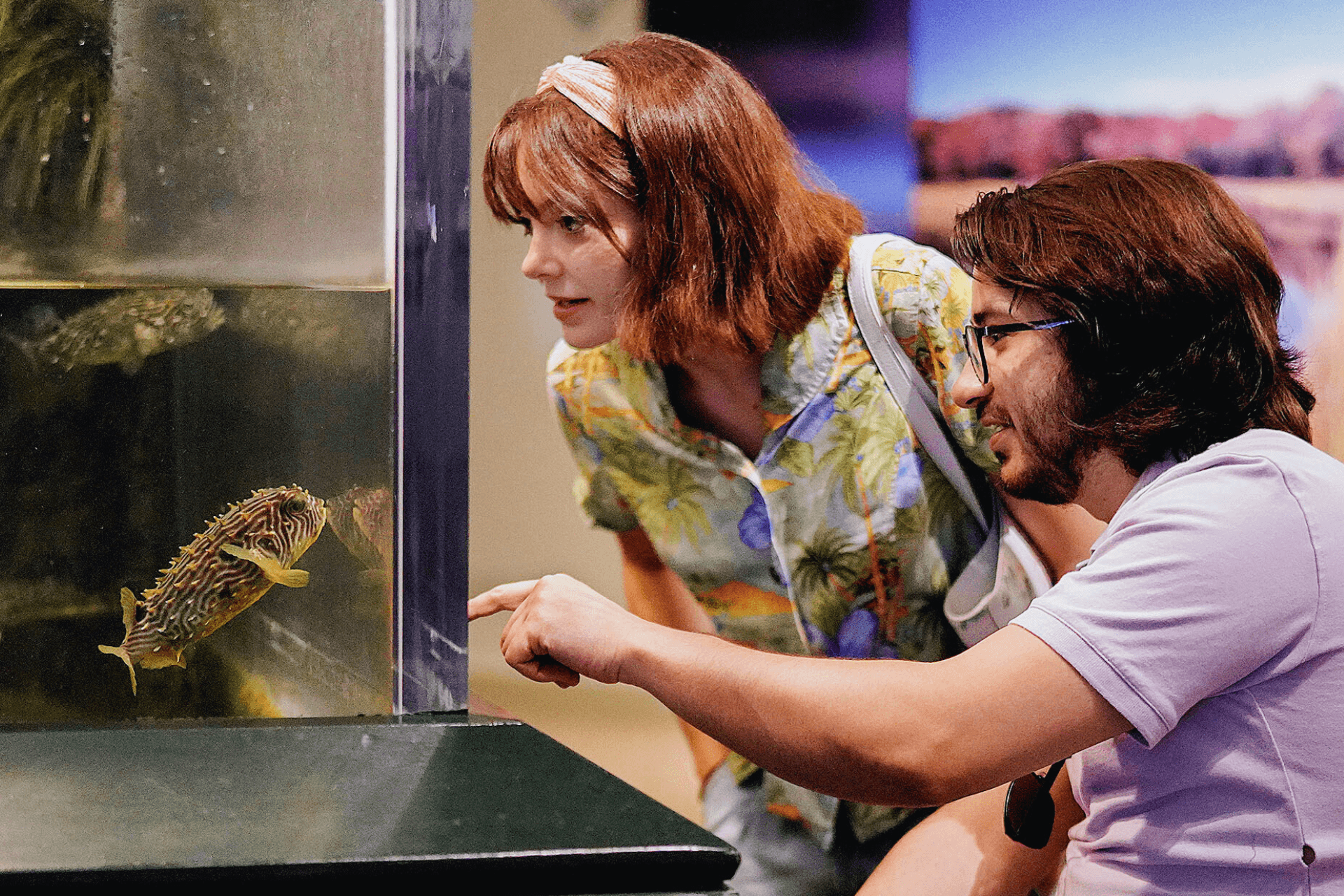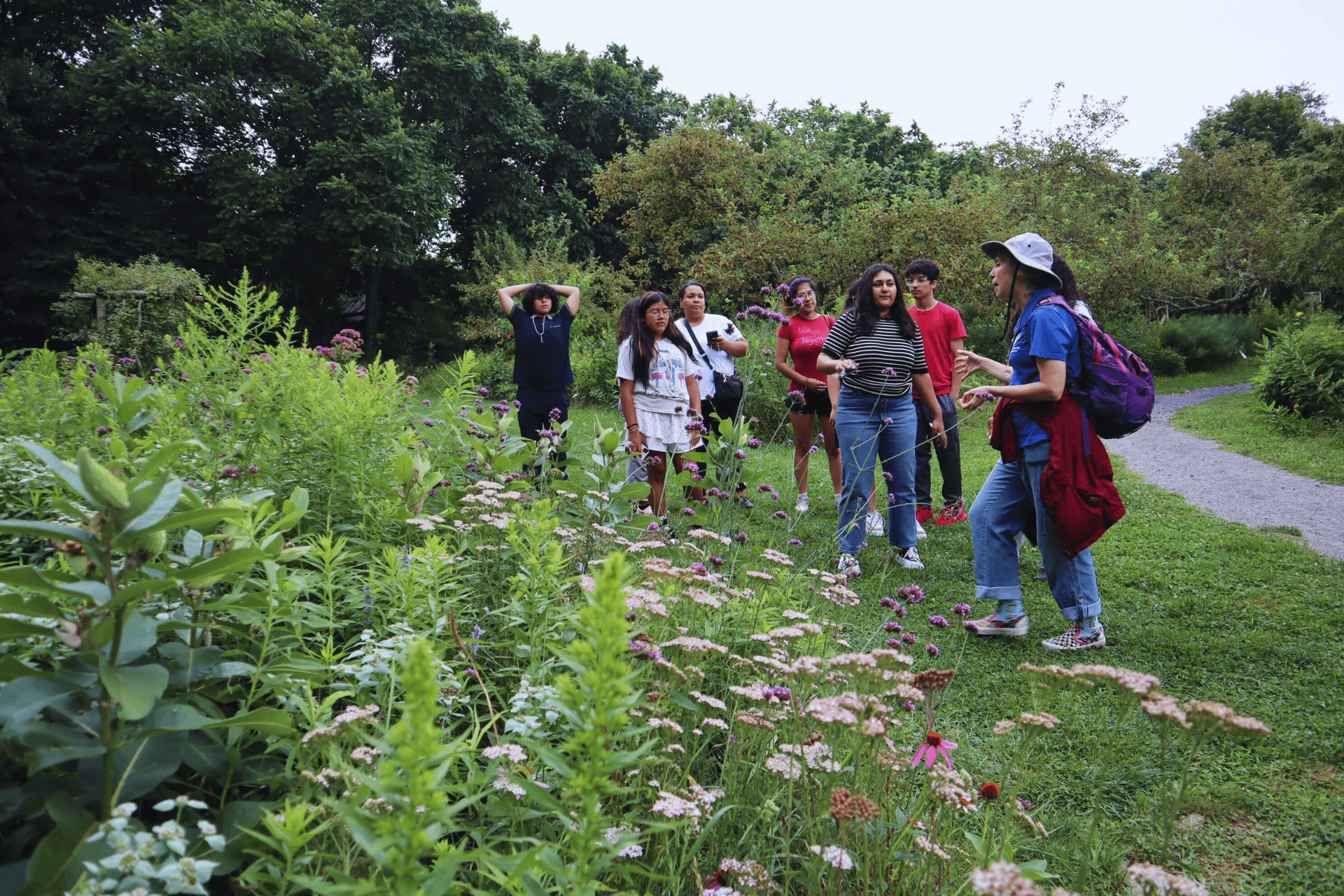June 20, 2019
Grow Wild!
By Meg Kerr, Audubon Senior Director of Policy

Gardens like Aunt Peg's support wildlife and pollinators while creating resilient communities.
The daffodils which bloomed in my yard this spring inspired fond memories of the wild and wonderful grounds created by my Aunt Peg and Uncle George.
Following their post-World War II Navy postings around the world, Aunt Peg and Uncle George eventually settled outside of Washington DC in Maryland on a 5-acre lot and began transforming their yard with trees and gardens. By the 1980s, what had been an open meadow evolved in a woodland, a woodland with a floor carpeted with flowers. In 1986, my husband and I moved to Washington to work for the EPA and we visited Peg and George almost every weekend. We would drive through suburban Maryland, past large homes with manicured lawns, then come to a wilderness area with a mailbox and driveway of sorts, not much more than two gravel paths. Driving up this path through the trees, we would meander past huge mounds of grass clippings, piles of leaves, then beautiful garden beds before their home came into view. Our children wandered along the garden pathways, picked abundant bouquets of flowers, and reveled in the secret hideaways tucked in the garden landscape.
George was passionate about trees, how to plant them and how to prune and care for them. Peg was in charge of the gardens. She dug and planted and weeded. Wildness was her vision, not formal gardens. Daffodils were also key to her vision. She planted hundreds of bulbs each year, planning for spring to enter her yard in phases, lighting up huge beds scattered everywhere with unusual and exotic daffodils.
Peg believed in compost and mulch. She was horrified that people would put leaves and grass clippings in the trash. She bought herself a little red pickup truck and she drove all around her suburban community picking up the bags of grass and leaves that were left at the curb. She became a familiar character, and soon lawn care companies offered to dump the clippings and leaves in her yard. She chuckled and gratefully accepted. Newspapers and magazines were also used to mulch her gardens. And when my cousin finished law school, her discarded law school textbooks made their way into the garden mulch.
People are often reluctant to change manicured green spaces into wild spaces but filling the built environment with rain gardens and pollinator meadows will help us create more resilient communities. Planting native species and less grass supports wildlife and pollinators. Using pesticides sparingly or not at all helps insects and the environment.
I am sure that a tour of Peg’s gardens would convince anyone to go wild for nature.




















